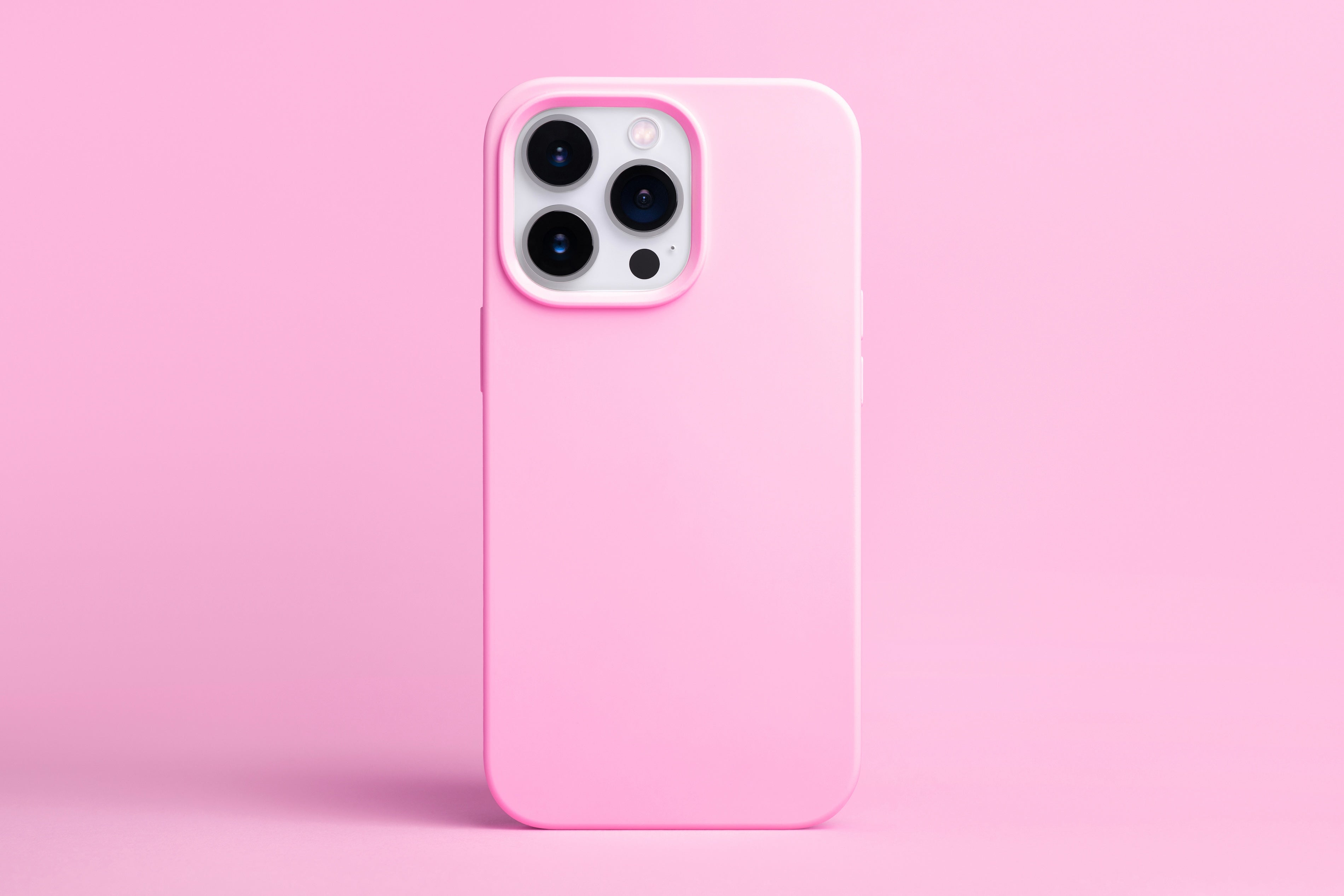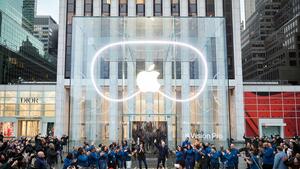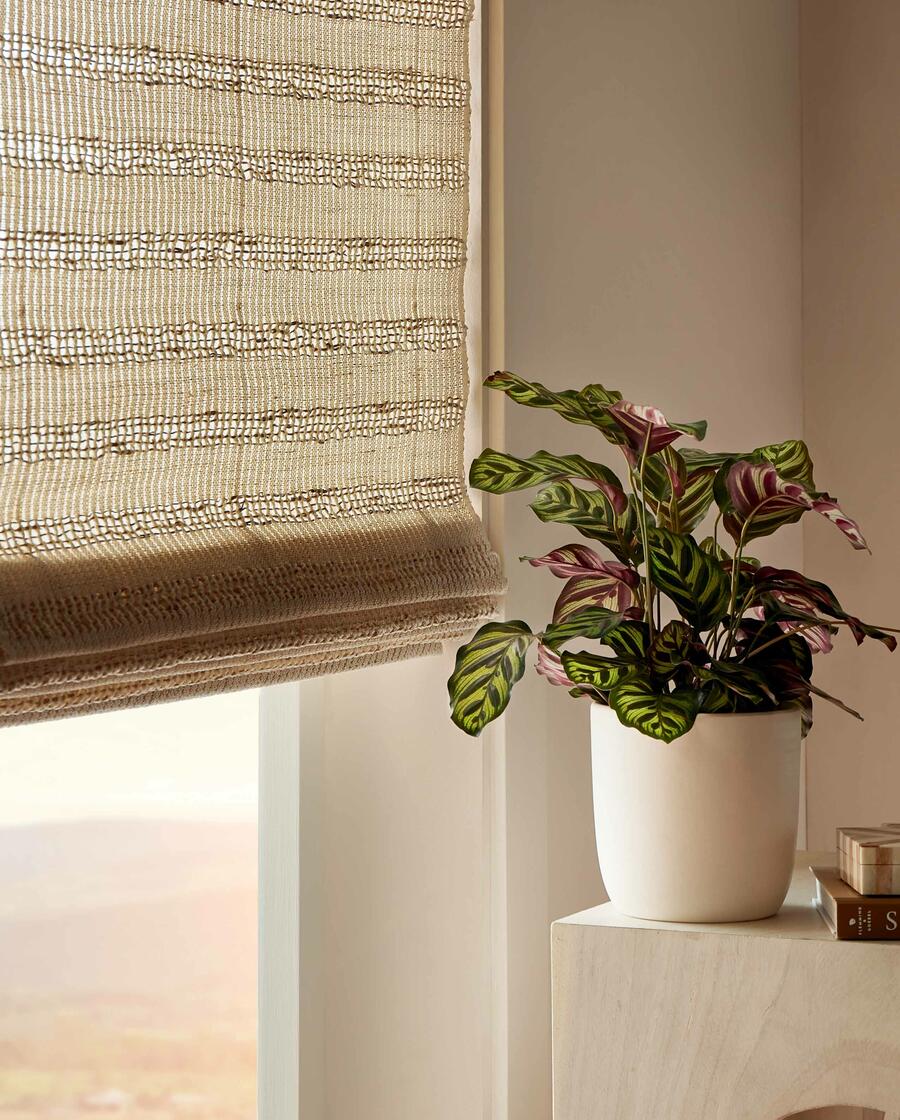Spring: a time of change. The weather is turning, the flowers are blooming, and now Instagram is rolling out a major update to its content recommendation algorithms. Last week platform chief Adam Mosseri took to the ’gram to introduce two big changes, largely focused on encouraging users to create and post original content.
The first was centered around reshared content. Going forward, Mosseri said, Instagram will look to identify and amplify the original instance of a piece of content, as opposed to a reposted copy. The update will also punish “aggregator” accounts that only republish existing content by downgrading their visibility.
The second was a tweak designed to amplify “smaller” creators that began with a mea culpa of sorts from Mosseri. “Historically, if I’m honest, I don’t think Instagram has been good enough [to] small creators out there,” he said. To make amends, the platform will now begin more aggressively recommending content from them, a change the executive said will start to be visible in the months ahead.
According to observers, these pivots reflect the reality that—looming ban or no—right now TikTok sets the music, and other social platforms are forced to dance. Over the past few years, many creators have migrated over to the ByteDance-owned video-sharing app and are now treating it as their “primary creative space,” says Paige Kylee Knapp, founder of digital media consulting firm Kylee Social.
“Instagram is still competing to be the primary platform for individuals to create content, and they don’t want [it] to become a recycled marketplace of content that’s being shared on other social channels first—and that is ultimately what happens when accounts aggregate funny tweets or even top-performing TikToks,” says Knapp. “Instagram sort of gets the sloppy seconds.”
TikTok may be gaining ground overall, but for the design industry, Instagram remains the de facto town square, and any significant change to its mechanics has the potential for real impact. Though recent shifts—notably a pivot toward Reels and a focus on showing users popular content rather than posts from accounts they follow—have bruised the platform’s reputation among designers, many cheered this latest announcement. Mosseri’s post was liked tens of thousands of times, including by several well-known industry names.
Susan Brinson of the design-and-lifestyle brand House of Brinson says that if Instagram follows through, the changes Mosseri outlined might mean a long-overdue correction for a platform that has become dominated by those who are most skilled at reposting others’ work rather than creating their own.
“When people use my design work, and ultimately my husband’s photography, at a mass scale, we don’t get any takeaways—we don’t get followers, we don’t get financial compensation,” she says. “I have watched people grow brands into … millions of followers entirely using other people’s work, then turn around and start selling product.”
Amid the celebration was a hearty dose of skepticism from the creator class, many of whom feel burned by Instagram’s recent pivots—and let Mosseri hear about it in the comments. Though it’s hard to argue against a focus on original content, these changes could also have unexpected side effects. While aggregator can sound like a dirty word, many accounts develop a community partially by sharing and sincerely celebrating others’ work. And for every “small creator” account that’s overlooked, there’s a slightly larger one that is putting in the time and hustle to keep its followers informed and entertained.
For individual design firms, Knapp urges calm. If you’re already mainly posting your own images and Reels, there’s no need to change what you’re doing—with one small caveat: If you have a personal and a brand account, you might want to avoid posting the exact same content to both. “To the algorithm, it might look like you’re copying someone,” she says. “You don’t want to trip your own wire on that one.”
Designers should also feel free to continue sharing content they like, but should shoot for contributing something to the conversation. “Maybe you’re adding a couple of words of text on-screen for each [post],” says Knapp. “[You can] call out the elements you like about it, or some indicator of why you’re sharing it with your audience.”
The good news is that after the updates these posts won’t be invisible. “[Users] can check the account status section of their account to see if they’re no longer eligible to be recommended or if their content is no longer eligible for recommendations in the feed,” says Knapp. “Sometimes these updates sound spooky, and then you just never know if they’re impacting you or not. Don’t be afraid to keep an eye on it. And if you do find yourself impacted, don’t be afraid—they have mentioned in their update that accounts that are deprioritized have the opportunity to become eligible for recommendations again after 30 days have passed.”
Brinson is cautiously optimistic that the changes will bring back some of what made her appreciate the platform in the first place. “Back in the day, Instagram was very good at visibility—it introduced you to new things and the actual people making the work,” she says. “Now my ‘recommended’ page is almost all aggregators. I do think Instagram is seeing on TikTok that there is an incredible amount of original content; they see the reward of putting time into it. If I post a picture on Instagram and have no visibility, why don’t I just put it on my website and be done with it?”






























